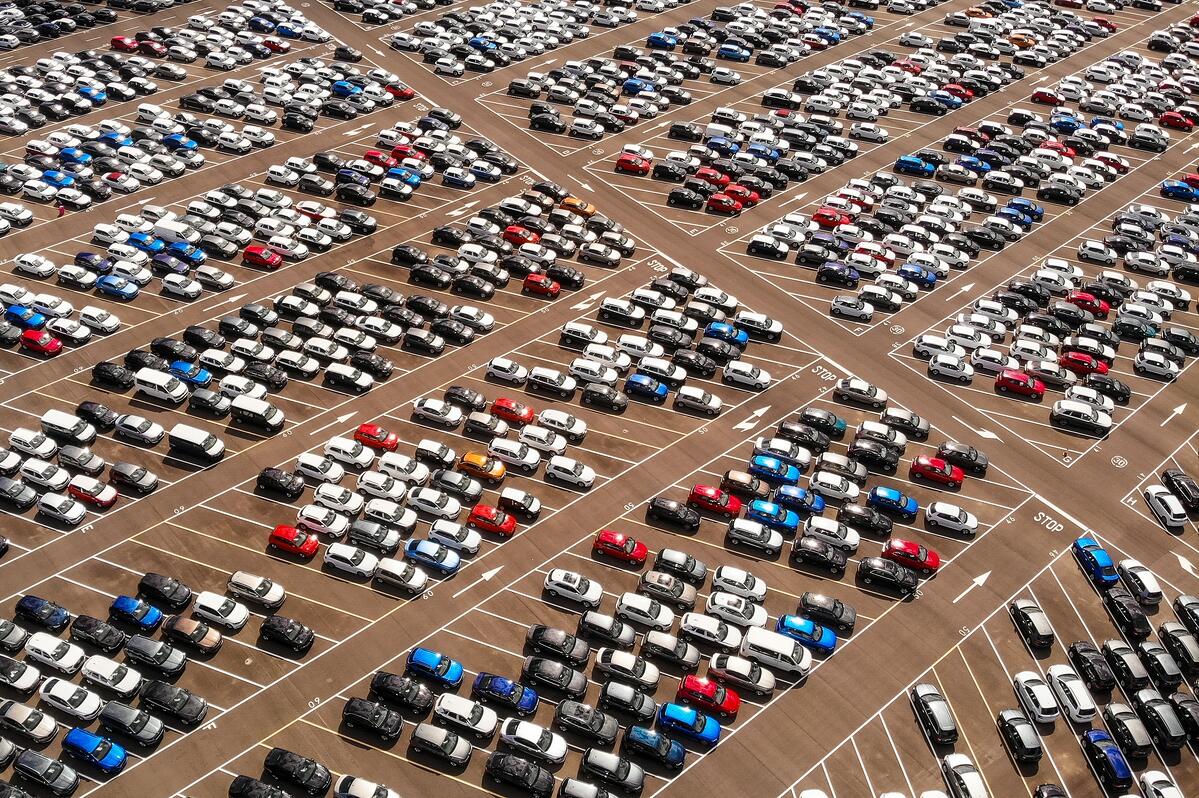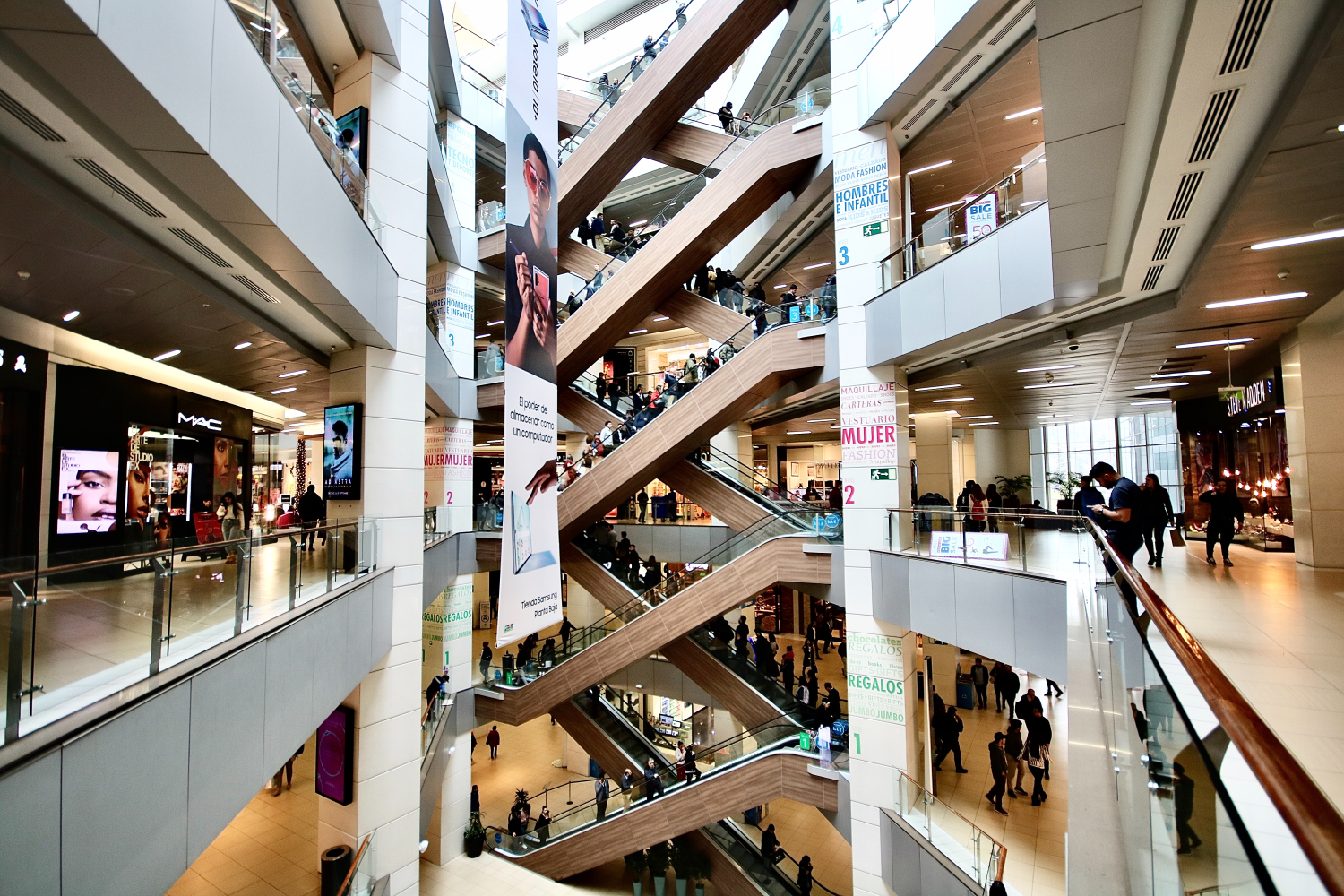Return to Resources
Improving Your Shopping Malls With Indoor Mapping
Jun 3, 2021
8 min read
Indoor maps do more than just help shoppers get from point A to point B. Learn how indoor maps can benefit shopping malls and the shoppers that frequent them.

Indoor Map Use Cases: Shopping Malls
When you’re making your way to a shopping mall, navigation is straightforward. All you need to do is grab your phone and open a GPS app.
However, the case isn’t the same for indoor navigation. In especially large malls, the sheer number of stores and confusing layouts can make it hard to find your way. And while static map boards may help people navigate an indoor space, they’re not always easy to read and follow.
Digital indoor mapping solutions like Mappedin can fix that problem. In fact, indoor mapping does more than just allow visitors to navigate – they have a myriad of other uses, from increasing accessibility to facilitating promotions.
Read on to find out how your shopping mall can benefit from indoor mapping.
Wayfinding and Directions
Wayfinding is a combination of navigation aids and information systems that help someone to find their way to a particular place. It encompasses many disciplines – architecture, landscaping, lighting, signage, and graphic design, to name a few.
Indoor wayfinding uses elements such as indoor maps and building directories to help visitors navigate. Color coding and clustered signage are also used to assist people in getting around extensive, complex facilities like transport terminals or office buildings. For shopping malls, indoor mapping makes it easier for shoppers and visitors to get step-by-step directions to their desired store.
Wayfinding for Shopping Malls
In the context of retail spaces, wayfinding does more than allow customers to navigate. Good wayfinding in shopping malls help people find specific retail stores and create an efficient shopping route.
Plus, customers won’t just find their way to their favourite department stores – they’ll also be notified of ongoing promotions. You can set up notifications to trigger when they pass certain areas, like discount vouchers for a nearby restaurant.

One-way Pathing
Malls are designed for the shopper, not for the store. Most malls are built with a one-way layout that allows shoppers to enter and exit without weaving around obstacles. This design reduces congestion in back hallways and helps shoppers find their way to different retail and grocery stores.
One-way pathing via an indoor mapping solution ensures that shoppers don't get lost. It can help keep your shoppers from getting too frustrated or disoriented by providing them with clear directions from point A to point B. This type of wayfinding is beneficial for first-time visitors since it gives them clear, unambiguous instructions.
Multi-destination Wayfinding
People rarely visit a shopping center for just one thing. While one-way pathing can help new shoppers go from the entrance to the store they want, what if shoppers want to visit different stores?
That’s where multi-destination wayfinding comes in. With an indoor mapping solution, shoppers can create a route that goes through multiple stores. Their path will be optimized, helping them save time and energy with the most convenient route possible.
Drive Additional Traffic to Your Website/Mobile App
Another benefit that mall owners can get from indoor mapping solutions is extra online traffic. Most digital maps are accessed through shoppers’ mobile devices, so you can drive more traffic to your website or shopping mall app by hosting your maps there.
In addition to increasing visitors to your website and improving the user experience, your website can be an information hub. Shoppers can find store information and plan out their shopping journey before even stepping foot in your mall.

Touchless Directions with Kiosk QR Code
Wayfinding kiosks are often used in conjunction with the mall’s mobile app or website. Using QR codes, shoppers can easily get directions to their destination store without going through complicated menus.
To get touchless directions, shoppers can simply scan a QR code to open the map in the browser of their mobile phone. For shoppers that have a hard time remembering directions, they can bring them on-the-go after building their route at a kiosk. The kiosk will generate a QR code that customers can scan using their phone to receive the directions. Combined with indoor positioning technology, this works just like a GPS app that can provide real-time location updates during the shopper’s journey.
Shopping and Mall Management
Implementing location technologies can provide a better customer experience for the shopper. Here are three ways that location-based services can help customers.
Highlight Amenities/Services
In addition to shops, mall amenities are just as important to shoppers. Hygiene-related facilities like hand sanitizer stations and bathrooms are especially essential because they’re often needed urgently.
Using indoor positioning systems, shoppers can get the fastest route to the amenity closest to them. This eliminates the need to search for physical signage or go halfway across the mall to get to the washroom they are familiar with.
Accessibility Mode
Designing malls with accessibility in mind is always a good idea. However, to make sure your mall accommodates shoppers that need them, you need to make disability-friendly routes more visible.
An indoor mapping platform can provide shoppers with an accessible route. If they choose that option, the mapping software will build a path that prioritizes elevators over escalators and stairs.
Line Management
With social distancing protocols, lines can take up a lot of space. Indoor maps can offer line and space management options that allow shoppers to make reservations and save their spots in a line. This way, they can avoid the frustration of waiting for long periods of time, and you can save space (and encourage safe shopping) by eliminating crowded, physical lines.
Promotional Uses
Promoting goods and services in innovative ways helps your tenants and shoppers. Here are three examples of how indoor mapping technologies can help diversify your mall’s promotional methods.

In-store Promotion for Shops and Malls
One of the benefits of having indoor mapping solutions is that you can promote a sale or discount and tell shoppers where to enjoy them. For instance, you can promote a discount at one of your mall’s restaurants while giving directions to its location.
Promote Events
Not all shoppers are aware of the events happening at your mall. Indoor mapping can help notify them of future events and even give them the chance to reserve tickets or register! You can also notify shoppers of events that are currently happening to attract more attention.
Proximity Marketing
Everyone’s shopping routes are different. With proximity marketing, you can set up notifications that alert shoppers whenever they walk past certain stores. This notification can contain discount vouchers or other promotional items that may attract them to visit stores they didn’t initially plan to visit.
Added Services
Indoor maps can improve the whole shopping experience from start to finish. With developments in positioning systems, your app can even help shoppers before they step foot in your mall!
Save My Parking Spot
Parking can be one of the most frustrating parts of the shopping experience. Thankfully, your mobile app can help shoppers find empty spots in your parking lot, so they don’t waste time searching for it themselves. In addition to that, the app can also save their parking spots so customers can easily find their way back to their car without getting lost.

Curbside Pickup
Curbside pickups are a staple of post-pandemic life. Indoor mapping solutions improve on it further by making the experience even more accessible. Working with your tenants, shoppers can request a curbside pickup through the app and get a notification when they should leave.
As the shopper makes their way to the mall, your tenant will get an ETA so they can prioritize their order. Once they arrive, shops can immediately deliver their purchases to the shopper’s car.
By making the process as seamless and simple as possible, you can reduce dwell times and drive down parking lot congestion from cars waiting for curbside pickups.
Data and Integrations
Location-based services for shopping centers don’t just benefit shoppers. As a mall manager, you can glean important insights from the data you gather as well.
Shopper Insights and Analytics
Using indoor mapping data, you can receive insights into how shoppers use the shopping mall maps. Are they more likely to search for a location or browse categories? How many shoppers search for "hats" and then select a specific location? If enough shoppers are searching for a specific retailer that isn't available at your mall, you might recognize the demand for that location and lease out a space.
From the data, you can further understand shopper intent and behavior. In turn, this data can be used to make more informed decisions when developing or renovating your mall’s layout.
Integrations With Conversational AI
If you’re looking to build AI chatbots for your mall app or website, location data from indoor mapping software can be a gold mine of resources. By providing your AI with real shopper behavior data, you can improve its ability to answer your shoppers’ questions.
Improving Customer Experience With Indoor Maps
Indoor mapping can benefit various industries, including international airports and office buildings. Recent developments in indoor mapping and positioning technologies have made them incredibly indispensable for shopping malls.
Shoppers can benefit from the convenience provided by mapping services, from locating their favorite store to building a shopping route. Meanwhile, you can benefit from the data and insights gathered from the software.
With years of industry experience, Mappedin is ready to take your shopping mall navigation to the next level. Our professional services can help make shopping more fun and delightful for your shoppers. Contact us today to get started!

